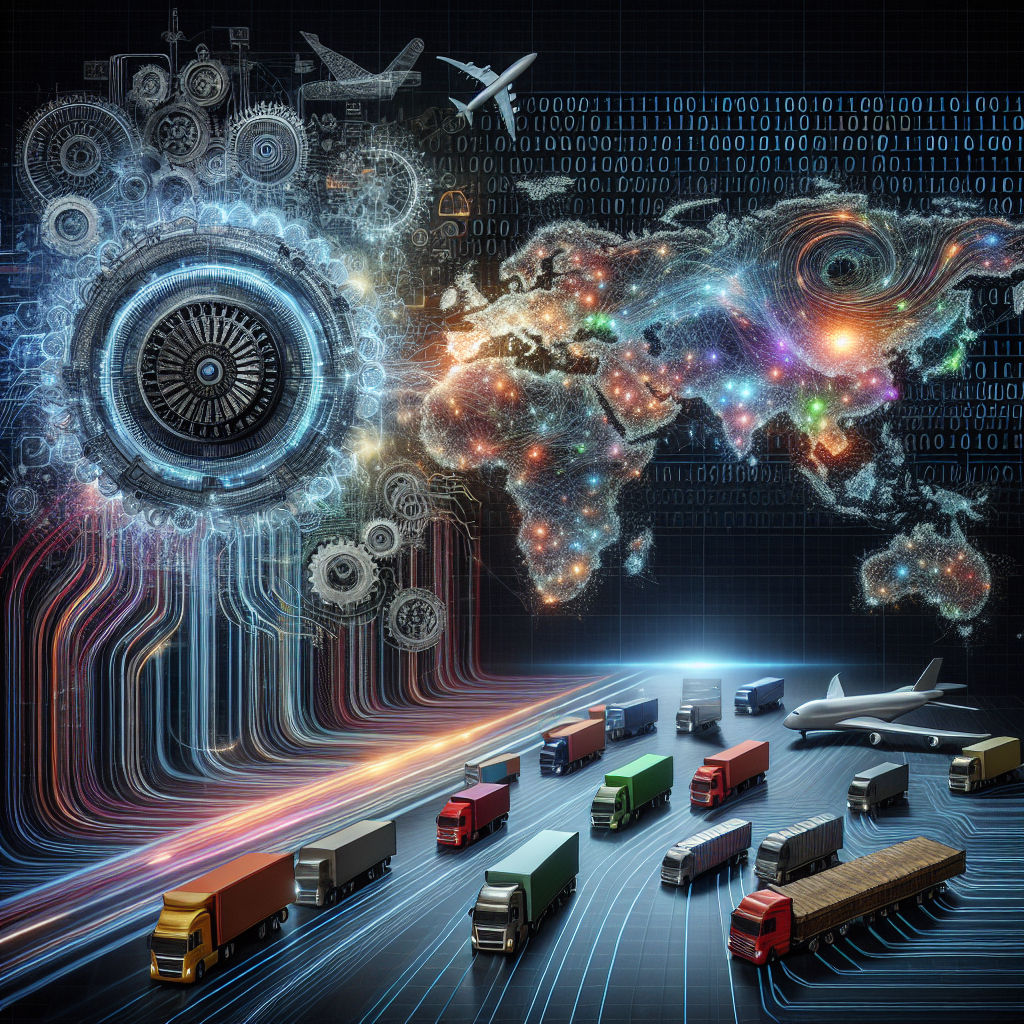In today’s fast-paced and ever-changing world, the logistics industry is constantly seeking ways to improve efficiency and accuracy in demand sensing and forecasting. Leveraging artificial intelligence (AI) has emerged as a game-changer in this regard, allowing companies to better predict customer demand, optimize inventory levels, and improve overall supply chain management.
AI-powered demand sensing and forecasting in logistics involve using advanced algorithms and machine learning techniques to analyze historical data, market trends, and other relevant factors to make accurate predictions about future demand. By incorporating AI into their operations, companies can gain a competitive edge by ensuring they have the right products in the right place at the right time, minimizing stockouts, and reducing excess inventory.
One of the key benefits of using AI for demand sensing and forecasting in logistics is its ability to process vast amounts of data quickly and accurately. Traditional forecasting methods often rely on historical data and manual inputs, which can be time-consuming and prone to errors. AI, on the other hand, can analyze large volumes of data in real-time, enabling companies to make more informed decisions faster.
Another advantage of leveraging AI for demand sensing and forecasting is its ability to adapt to changing market conditions and customer preferences. AI algorithms can continuously learn from new data and adjust their predictions accordingly, allowing companies to stay ahead of trends and respond to fluctuations in demand more effectively.
In addition to improving accuracy and efficiency, AI-powered demand sensing and forecasting can also help companies reduce costs and improve customer satisfaction. By optimizing inventory levels and streamlining supply chain operations, companies can minimize wastage, reduce stockouts, and ensure timely delivery of products to customers.
Overall, leveraging AI for demand sensing and forecasting in logistics offers numerous benefits for companies looking to stay competitive in today’s dynamic marketplace. By harnessing the power of AI, companies can make better decisions, improve operational efficiency, and ultimately drive growth and profitability.
FAQs:
Q: How does AI improve demand sensing and forecasting in logistics?
A: AI algorithms can analyze vast amounts of data quickly and accurately, enabling companies to make more informed decisions faster. AI can also adapt to changing market conditions and customer preferences, allowing companies to stay ahead of trends and respond to fluctuations in demand more effectively.
Q: What are the key benefits of using AI for demand sensing and forecasting in logistics?
A: Some of the key benefits include improved accuracy, efficiency, and adaptability. AI can help companies optimize inventory levels, reduce costs, and improve customer satisfaction by streamlining supply chain operations and ensuring timely delivery of products.
Q: How does AI-powered demand sensing and forecasting help companies improve their competitive edge?
A: By leveraging AI, companies can ensure they have the right products in the right place at the right time, minimizing stockouts and reducing excess inventory. This can help companies stay ahead of trends, respond to changes in demand, and ultimately drive growth and profitability.
Q: What are some examples of AI applications in demand sensing and forecasting in logistics?
A: Some examples include using AI to analyze historical data, market trends, and customer behavior to make accurate predictions about future demand. AI can also help companies optimize pricing, promotions, and inventory levels to maximize profitability and customer satisfaction.

